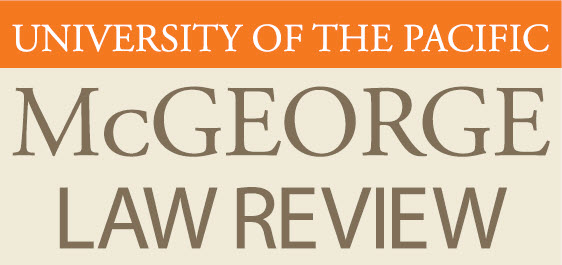
Volume
4
Issue
1
Abstract
No recent court case has possessed more potential for significant impact upon the state's method of financing public schools than the Supreme Court of California's decision in Serrano v. Priest. By holding that the quality of public school education cannot be conditioned upon a school district's wealth, the court has caused the California Legislature to re-evaluate not only the school finance system, but the state's property tax structure. While many of the issues raised by the Serrano decision have been commented upon, the economic factors upon which a legally and politically acceptable financing alternative must be based have gone largely unnoticed. In this article, A. Alan Post and Richard Brandsma have addressed themselves to the practical economics involved in providing a solution to the state's public school finance dilemma. The authors examine the school finance problem in the context of the court's guidelines, analyze the major policy alternatives available to the Legislature, discuss the necessary considerations for both an alternative school finance system and for alternative school revenue sources, and present observations concerning the practical considerations inherent in establishing alternative state revenue sources. The authors conclude among other things, that S.B. 90, passed on the final day of the 1972 Legislature, will not result in compliance with Serrano.
Recommended Citation
Alan A. Post & Richard W. Brandsma,
The Legislature's Response to Serrano v. Priest,
4
Pac. L. J.
28
(1973).
Available at:
https://scholarlycommons.pacific.edu/mlr/vol4/iss1/9

